This article is part of our ‘Celebrate Science’ feature series to mark National Science Week. It was originally published in the December 2018 edition of the Australian Rationalist.
We gain scientific knowledge in different ways and from different starting points. Sometimes it is simply the way information is presented and assimilated that can prompt a change in understanding.
In 1977 a campaign was launched to end whaling in Australia. This campaign was the beginning of Greenpeace International and Australia’s first big direct action environmental campaign.
The International Whaling Commission (IWC) met in Canberra. I don’t think they expected the vociferous opposition to whaling that awaited them outside the Lakeside Hotel. Nor did they expect to see so many protesters travel all the way to Albany in Western Australia to demand the closing of Cheynes Beach station.
In response, the Fraser government, in 1978, announced an inquiry into the continued operation of Cheynes Beach, which was at that time the last remaining whaling station in Australia. It was heady days; there was great joy in seeing whales returning in increasing numbers to the Australian coastline. It was an example about how to change opinions. To do that, you need facts.
Most people today have no idea how difficult it was to access information before the IT revolution. If you were lucky, you might have a set of encyclopaedias at home. Otherwise, it was off to the library for the tedious and time consuming task of trolling through all the written reference material available in order to find what you needed.
My friend Peter Waters and I decided to make a submission to the 1978 inquiry. We thought what would be most convincing would be to use the IWC’s own data. To this end we visited the National Library. Strangely, the IWC reports were nowhere to be found. Eventually, they were located languishing in a box in an obscure corner of the collection.
We laboriously went through many tables from the yearly reports, turning them into hand-drawn graphs. I believe that this was the first time this had been done. The information formed a large part of our substantial report to the Inquiry. Those graphs did the work of a thousand words.
What we showed is that for every hunted whale species there was a very steep increase in numbers killed as they were hunted by whaling ships. The numbers of whales then plateaued and after some years plummeted drastically. The response of the whaling industry would then be to move on to intensive hunting of the next biggest whale species.
When presented in graphic form, the pattern of hunting until the population crashed was undeniable. I doubt very much that just presenting the tables from the IWC reports would have had such an impact. Evidence needs to be presented in a way that is easily digestible.
Most people today have no idea how difficult it was to access information before the IT revolution. If you were lucky, you might have a set of encyclopaedias at home.
I gave evidence to the inquiry, and about half way through my spiel Sir Sydney Frost interrupted and asked how I could claim that what I said was true when the scientists working at Cheynes Beach had given evidence that whaling was sustainable.
My response was to say, with all due respect, that these were scientists who were employed by the Cheynes Beach Whaling Station.
It caused quite a stir because people were a lot less cynical in those days. I could see that the idea that scientists could have vested interests or blind spots was a novel one. It reinforced the point that interventions like this, no matter how brief or seemingly casual, can bring about change in opinion. We can all provide such intervention points.
Malcolm Fraser’s own 11 year-old daughter Phoebe did make such an intervention. She came home from boarding school apparently deploring whaling’s barbarity and demanding to know his opinion. Didn’t he think whaling was cruel and should be stopped?
In the end, Cheynes Beach was closed. It was on its last legs anyway, and Fraser was strongly opposed to continued whaling. He said: “I abhor any activity [that might threaten the extinction of any animal species] particularly when it is directed against a species as special and intelligent as the whale.”
Many organisations had come together to oppose whaling, and never again would IWC meetings be quiet, obscure meetings of a club of whaling nations whose reports are hidden from sight.
Science and truth
I am passionate about science. I think that, of all the people in the world, scientists are the ones most likely to be truth seekers and truth speakers. But that doesn’t mean that all scientists are honest. Nor does it mean that they will always accept new evidence.
The case of the gorilla skeletons is a classic example. As David Attenborough pointed out in one of his TV shows, gorillas got bad press when they were first discovered by Europeans. They were portrayed as ferocious and altogether beastly. This became a very important point in later debates on evolution. How could we be closely related to an animal that would rip your arms off as soon as look at you?
This is ironical on several levels. It seems that the first thing European explorers did when they came across a gorilla was to shoot it. Gorillas are really quite gentle and human beings are capable of the vilest cruelty imaginable.
The explorer Paul Du Chaillu was the first known Westerner to see a live gorilla during his travel through western equatorial Africa from 1856 to 1859. He brought dead specimens to the UK in 1861.
Sir Richard Owen, an eminent English biologist, comparative anatomist and palaeontologist studied gorilla skeletons. He found the skulls lacking in the structures found in humans. He then used this as evidence to argue that man was as distinct from apes as apes were from a platypus – and thus that Charles Darwin was wrong to argue humans were closely related to apes.
Thomas Huxley, through evidence from dissections, then demonstrated that without doubt the missing structures were indeed present in apes. In other words, Owen could not find the structures because he did not want to find them. He wanted to believe that humans were unique and belonged to a subclass of mammals on their own. He may not have even been conscious of this desire.
It brings us to the concept of children’s science – how we formulate beliefs as we grow up and how these become fundamental to how we see the world.
Despite our later learning, these original beliefs often persist and can be very difficult to shift. Children do not fully mature intellectually until their latter teenage years. They are unlikely to be able to analyse their beliefs and views that they have been exposed to whilst growing up.
In their early years, they learn by absorption. They are most likely simply to accept the ideology of the culture in which they are immersed – to see it as the right way and maybe the only way of looking at the world.
When teaching science, a wise teacher will recognise that students are not empty vessels to be filled with the latest scientific knowledge. In fact, they are likely to have a wide range of views of how things work and why things happen based on their own experiences – what information was provided to them as they grew up and how their parents, or carers, came to their opinions.
This early ‘children’s science’ may be very different to real scientific principles and knowledge. Generations of students have passed physics examinations by simply punching numbers into equations learned by rote and then regurgitating what they have been taught at school without having any clear understanding of the concepts behind the physics.
Surprisingly, students can even believe that if you throw a ball into the air it eventually falls down because the force propelling it up becomes weaker as the object goes higher – whilst at the same time successfully solving equations involving the force of gravity.
Layers
Knowledge is added in layers, and the latest layer, no matter how sophisticated, does not necessarily displace long-held beliefs to the contrary. It takes some effort to integrate our knowledge so it forms a rational whole.
If the views held by students are not challenged through demonstration, experimentation and analysis of evidence and concepts, students will simply see the science they are taught at school as another layer of information whilst still retaining their children’s science as core beliefs.
The danger is that these early understandings will become the default position in unfamiliar or stressful situations.
The first step when challenging this default position is to provide an environment where children feel comfortable in revealing what they really believe about a subject, instead of providing an answer that will please the teacher.
The second step is to have a discussion with students about how their ideas about science can be tested. Through experiments and research, it is possible to challenge their ideas. They need to be convinced if they are to change their ideas. This can be a time-consuming process, but a very worthwhile one, because it models a process that students can use at any stage of their lives to test out their views.
Standing out the front of the classroom and lecturing students, or getting them to wade through long tracts of texts, is not the best way to do this. Actually, it is an anathema to the scientific approach.
Thirdly, a teacher should recognise that students have different learning styles. We are not all the same and a teaching method that works for one student may be ineffective for another.
Some people take in information best if it is presented orally. Others respond best to the written word. Some people prefer to take in information visually and quickly understand knowledge presented in diagrams. Some people learn best by doing.
Critical thinking
In my experience, learning by doing or observing others doing is the mode of learning least likely to be found in schools. This is strange, considering that this way of learning is the earliest method of transmitting information and has only been surpassed in our recent history.
Furthermore, I believe that many students who prefer this way of learning end up in the less academic streams at school and are often labelled, at the best, as ‘non-academic’ or at the worst ‘stupid’. Yet learning through action is one of the most effective ways of teaching academic students who also get bored with a single strategy approach to teaching.
Lastly, I would argue that it is paramount, especially in this age of reliance on the internet for research purposes, to teach critical thinking to students. All learning depends on it.
Teaching them about the nature of knowledge and the way we learn is a valuable understanding that they can use all their lives. What we believe as children carries through our entire lives, often underpinning our decisions and values.
Very few adults are free of the persistence of deeply held childhood beliefs and emotional responses, even though they may rationalise them. Consider, for example, how you may have developed a very reasoned response to an issue only to find that your views are reduced to old prejudices after watching a vitriolic segment on the news that pushes all the wrong buttons.
Teaching them about the nature of knowledge and the way we learn is a valuable understanding that they can use all their lives.
Many adults hold beliefs based on what they read in the newspaper or see on TV. They may not have the opportunity, resources or skills to assess the legitimacy of these views.
To construct a world view based on reasoning, it is necessary to explore and challenge our most fundamental opinions and cherished beliefs. Even as adults it is actually quite difficult for us to change our beliefs. This is not just true for religious or spiritual beliefs, but also for our prejudices and values and how we see the physical world.
One way we can change our views is by introspection, examining and assessing what we believe and why. Research shows that, if we lived at another time, in another country, in a different culture or with different parents, we would most likely have different beliefs to those that we hold now. Our religious beliefs would most likely conform to the religious beliefs of our parents and the society we live in.
But, by considering the best available evidence, we can give up those views that no longer make sense. We need to be prepared to change our beliefs as new evidence comes to light.
Intervention is another way. As a beginning, we can genuinely seek to understand and articulate the views held by other people and develop an insight into why they believe what they do.
We can present a person with another perspective or evidence from our own experience. We can present people with the best possible information available on a topic at the time. We can suggest that not all beliefs are equal and that we prefer beliefs that are supported by the best evidence. We can remind others that extraordinary beliefs require extraordinary evidence. We can take every opportunity to challenge unsupportable beliefs.
Lastly, a free secular education that provides an understanding of concepts and facts which are based on the latest evidence is one of the most powerful tools for opening up a person’s mind to alternative viewpoints and knowledge. We should cherish and champion it as a public good.
Photo by Nasa on Unsplash.

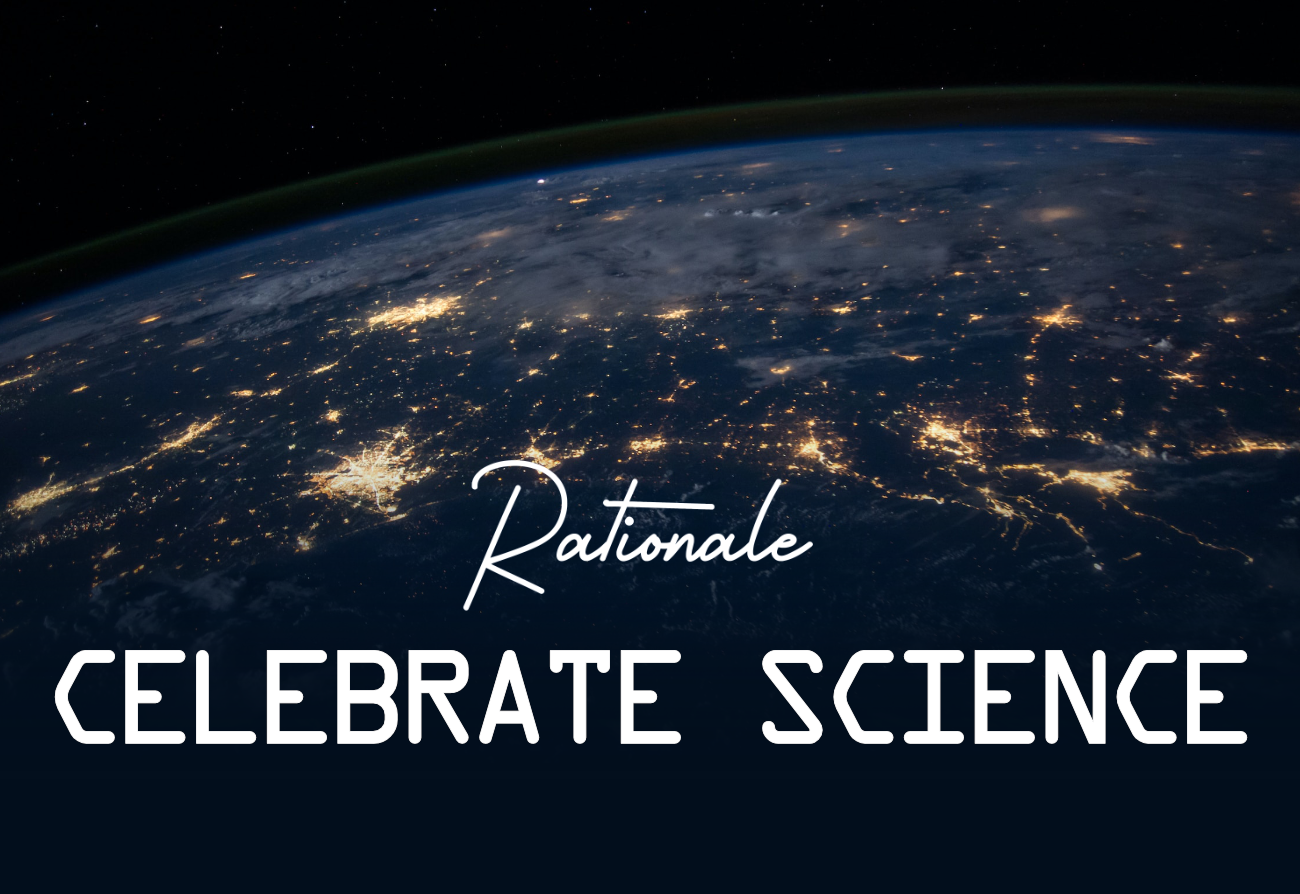





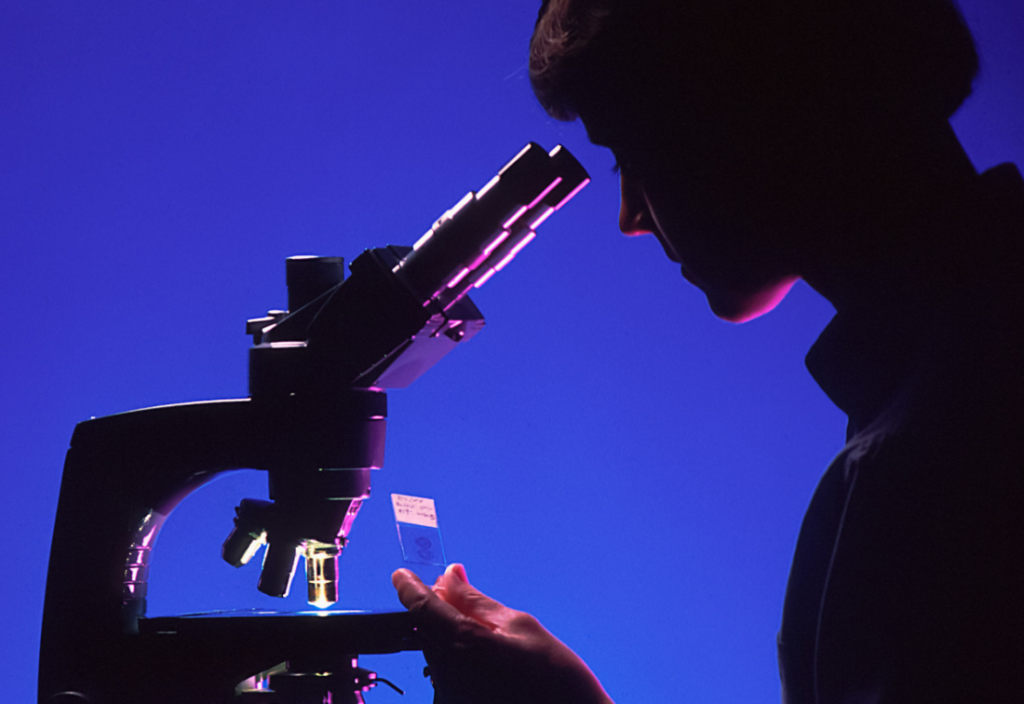
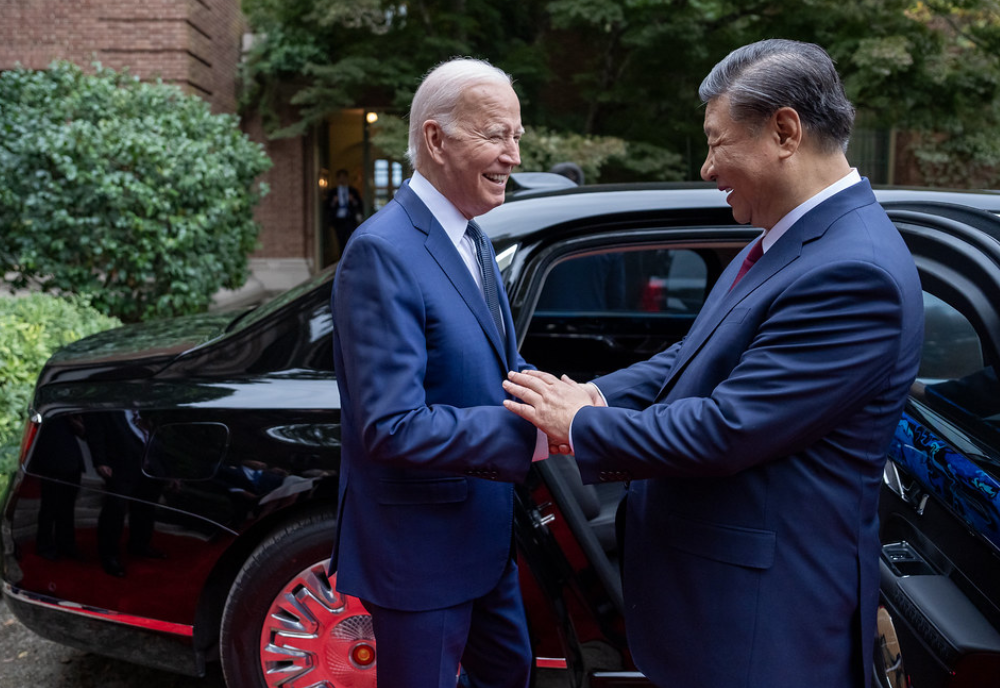


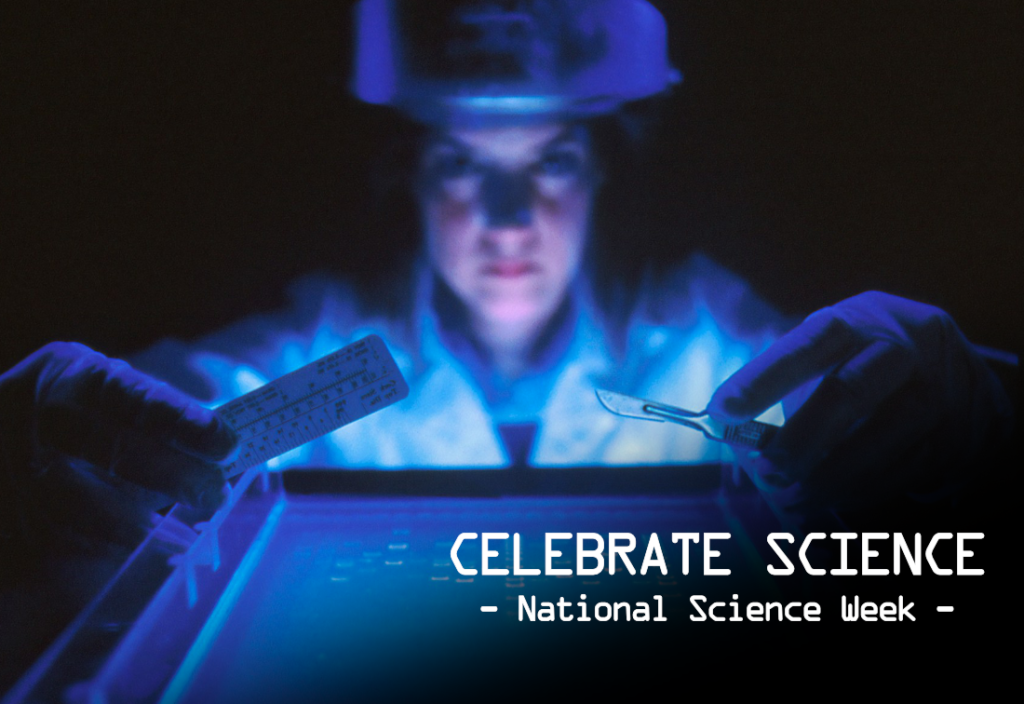
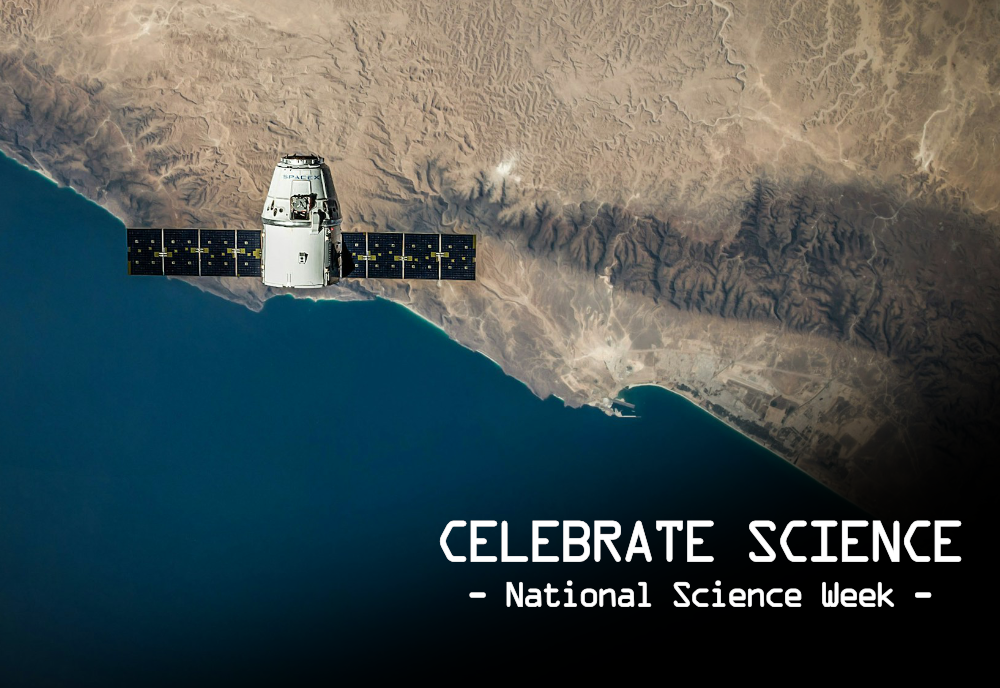
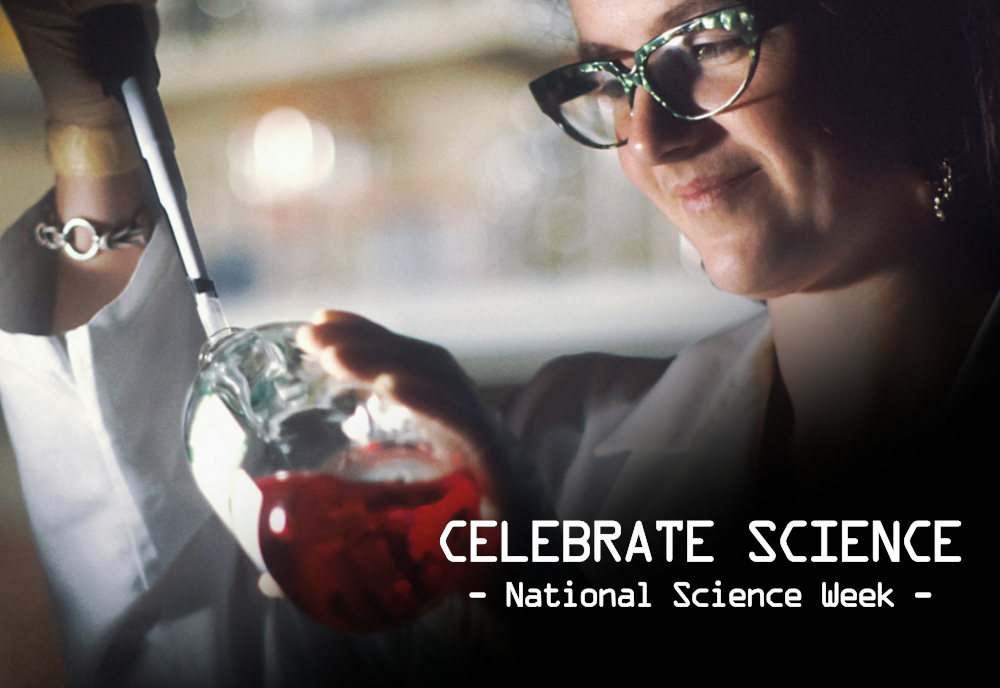

As this excellent article states, “Most people today have no idea how difficult it was to access information before the IT revolution”.
In the immediate post-WWII years of my early schooling, text books were also in short supply. This was an impediment to me because I found difficulty in assimilating knowledge via oral teaching. The written word, enabled a statement to be revisited to view it from a different perspective in my own time. So many times, my maths teacher would describe a principle, passing through a formula as fast as the written word, when I needed more time – and in those days, there was an expectation that we should be seen and not heard.
One small critisism about the article. Contrary to this, and even articles by NASA, gravity is not a ‘force’ but a manifestation of curved spacetime.